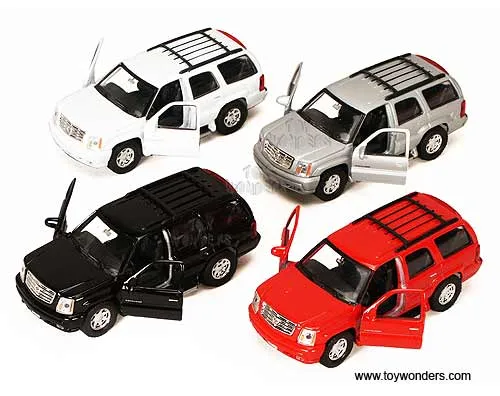Unveiling Diecast Wonders
The world of diecast toy cars is a captivating realm where miniature replicas of automobiles come to life. These aren’t just mere playthings; they represent a passion for collecting, a tribute to automotive history, and a testament to the artistry of craftsmanship. From the gleam of the paint to the intricate details of the interior, diecast cars offer a unique blend of nostalgia, artistry, and investment potential. They are the ultimate toy wonders, small in size but immense in appeal, drawing enthusiasts of all ages into their mesmerizing world. This article will explore five key secrets that make diecast cars so special, delving into the elements that create their lasting allure and why they continue to captivate collectors worldwide.
The Allure of Diecast Toy Cars
Diecast toy cars hold a special place in the hearts of many, transcending generations and cultures. The allure lies in their ability to capture the essence of real-world vehicles in a scaled-down form. They represent a unique blend of nostalgia, craftsmanship, and collecting that provides a powerful draw. For some, it’s a reminder of childhood memories, while for others, it’s the thrill of the hunt for rare models or the satisfaction of completing a collection. Furthermore, diecast cars offer a tangible connection to the world of automobiles, allowing enthusiasts to appreciate the design, engineering, and history of these iconic machines. They’re more than just toys; they are miniature works of art that celebrate the beauty and innovation of the automotive industry.
Why Collect Diecast Cars
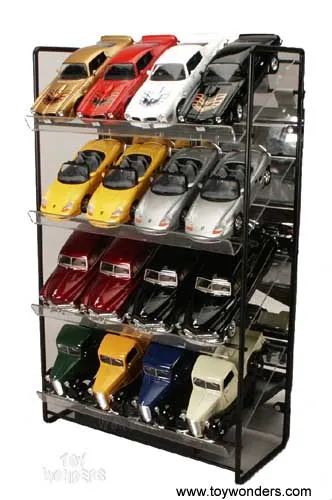
Collecting diecast cars is more than just a hobby; it’s a passion that brings numerous benefits. It offers a sense of community as collectors connect with others who share their interests, exchanging knowledge, and sharing their finds. It’s a pursuit that encourages learning, from researching the history of specific car models to understanding the manufacturing processes behind these miniature marvels. Collecting diecast cars can also be a sound investment, as rare or limited-edition models can appreciate in value over time. Collecting diecast cars also provides a creative outlet, allowing collectors to customize and modify their models, adding a personal touch and showcasing their unique styles. It’s a rewarding hobby that combines fun, learning, and potential financial gains, making it a beloved pastime for many.
Top 5 Secrets of Diecast Toy Cars
Diecast toy cars have a lot of secrets, which adds to their allure. The craftsmanship, the variety of scales, the popular brands, and the potential for investment are just a few. Let’s go over some of them now.
Secret 1 Detailed Craftsmanship
The meticulous craftsmanship is a cornerstone of diecast car appeal. These miniature vehicles are marvels of engineering and artistry, often replicating every detail of their full-sized counterparts. The level of detail extends to the interior, with miniature dashboards, seats, and steering wheels meticulously crafted. Exterior details are equally impressive, featuring realistic paint finishes, accurately reproduced emblems, and functional elements such as opening doors and hoods. This intricate attention to detail is what sets diecast cars apart, transforming them from mere toys into collectible pieces of art that celebrate automotive design and engineering.
Material used on Diecast Toy Cars
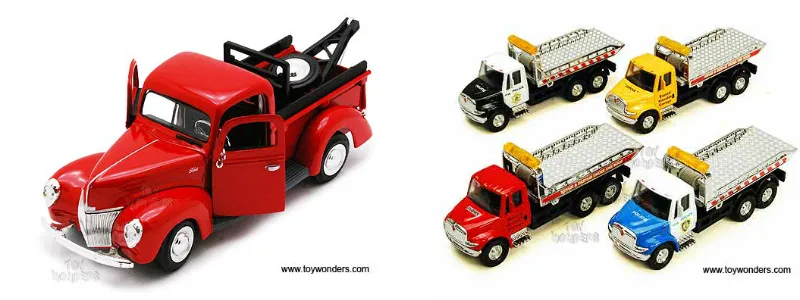
Diecast cars get their name from their manufacturing process. The bodies of the cars are made using a die-casting process, where molten metal, typically zinc alloy (also known as zamak), is injected into a mold. This process allows for the creation of highly detailed and durable parts. Other materials used include plastic for interior components and tires, rubber for the tires, and sometimes metal for axles and other small parts. The combination of these materials creates a realistic and durable model that can withstand the test of time, making them perfect for play and collecting. This process allows for intricate designs and durability.
How it is made
The die-casting process starts with creating a mold in the shape of the car. Molten metal is then injected into this mold under high pressure. Once the metal cools and solidifies, the mold is opened, and the car body is extracted. The body then undergoes further processing, including cleaning, painting, and adding details like windows, lights, and interior components. This intricate process demands precision and skill, resulting in high-quality diecast cars. This meticulous process ensures that each diecast car is a testament to both engineering and artistry, making them highly sought after by collectors and enthusiasts alike.
Secret 2 The Scale of Diecast Cars
The scale of diecast cars is a crucial element of their collectibility and appeal. It dictates the size and detail of the models, influencing their value and the types of collections enthusiasts build. The most common scales allow collectors to build diverse and comprehensive collections, with each scale offering its own unique characteristics and appeal. This variation in scale allows collectors to appreciate the design and engineering of different cars in a variety of forms.
Most common scales for Diecast Cars

Diecast cars come in a variety of scales, but some of the most common include 1:18, 1:24, 1:43, and 1:64. 1:18 scale models are large and detailed, offering a high level of realism and often featuring opening doors, hoods, and trunks. 1:24 scale cars are a bit smaller but still offer a good level of detail and are popular among collectors. 1:43 scale is a popular choice for building extensive collections due to its compact size and variety of available models. 1:64 scale, which is often the size of Hot Wheels and Matchbox cars, is the smallest and most affordable, making it ideal for both casual collectors and children. These scales offer diverse ways to collect and enjoy diecast cars.
How to Choose the Right Scale
Choosing the right scale depends on your preferences and collecting goals. Consider the space you have available for displaying your collection. Larger scales, like 1:18, require more space but offer greater detail. Think about your budget. Larger scales typically cost more. Research the availability of models in different scales. If you have a particular car in mind, check which scales it is available in. Also, consider what aspect of the hobby interests you the most – do you want to focus on detail, variety, or investment potential? The right scale will enhance your collecting experience.
Secret 3 Famous Brands of Diecast Toy Cars
Several brands have become synonymous with diecast cars, each with its unique history, style, and appeal. These brands have cultivated a loyal following by consistently delivering high-quality, detailed models that capture the essence of real-world vehicles. They have contributed significantly to the hobby’s popularity and continue to be highly sought after by collectors around the world.
Hot Wheels Diecast Cars
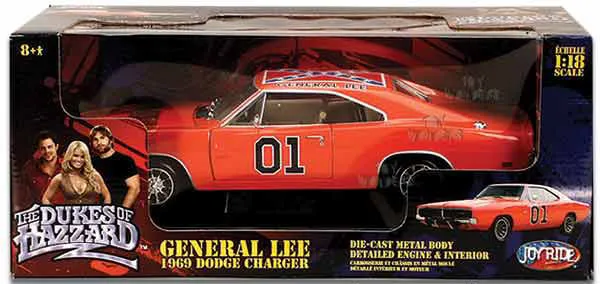
Hot Wheels is one of the most iconic diecast car brands, known for its colorful and imaginative designs and affordable price point. Hot Wheels was created by Mattel in 1968, and quickly gained popularity with its fast-rolling wheels and eye-catching graphics. Hot Wheels cars are primarily produced in 1:64 scale, making them accessible to a wide audience. Collectors often hunt for rare models or variations, and the brand has expanded into various themed collections, including movie cars, classic cars, and original designs. Their success is a testament to their ability to blend speed, style, and innovation.
Matchbox Diecast Cars
Matchbox, another leading diecast car brand, is famous for its realistic models and its focus on replicating real-world vehicles, including cars, trucks, and emergency vehicles. Matchbox was founded in 1953 and quickly became known for its high-quality, detailed models that are primarily made in 1:64 scale. Their cars are designed to be durable and accurate, making them a favorite among collectors and children. Matchbox cars are sold worldwide and are very sought after.
Secret 4 Investment Potential
Diecast cars, particularly rare and limited-edition models, can appreciate in value over time, making them an attractive investment for collectors. The investment potential of a diecast car depends on several factors, including the brand, model, rarity, condition, and historical significance. The value can be determined by the market, the demand for specific models, and the overall popularity of collecting. Collectors who acquire rare models, preserve them in excellent condition, and store them properly often see significant returns on their investments.
Factors that Influence Value
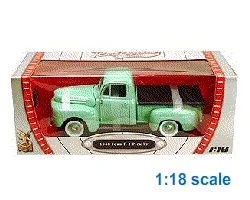
Several factors influence the value of a diecast car. Rarity plays a significant role. Limited-edition models or those with a low production run are usually more valuable. The condition of the car is also critical. Models in their original packaging and in mint condition are highly sought after. The brand and the model itself affect value, with sought-after brands and specific models commanding higher prices. Historical significance and the association with a famous event or person can also increase the value. The collectibility of a diecast car is determined by several elements.
Tips for Collecting Valuable Diecast Cars
If you’re interested in collecting diecast cars for investment purposes, there are several tips to follow. Research the market and identify models with high potential. Focus on rare and limited-edition models, as well as those from reputable brands. Preserve your cars in mint condition by storing them in a climate-controlled environment and handling them with care. Keep the original packaging, as it can significantly increase the value. Stay informed about market trends and be patient. Collecting valuable diecast cars can be rewarding. It requires knowledge, diligence, and a passion for the hobby.
Secret 5 Diecast Car Customization
Diecast car customization is a creative and engaging aspect of the hobby, allowing collectors to personalize their models and showcase their unique styles. Customization can range from simple modifications, such as adding new wheels or detailing, to more elaborate projects involving repainting, modifying the body, and adding custom decals. Customization adds a personal touch to diecast cars, transforming them into individual works of art.
Paint jobs for Diecast Cars
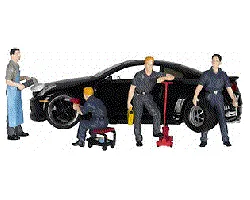
Repainting a diecast car is a popular form of customization, enabling collectors to change the appearance of their models. The process involves carefully stripping the original paint using specialized techniques and products. The model is then primed and repainted, using custom colors and finishes to create a unique look. This can range from replicating the original paint schemes of real-world cars to creating entirely new designs, allowing collectors to express their creativity and individual tastes. The ability to customize a diecast car’s paint adds to its collectible value.
Upgrading Diecast Car Wheels
Upgrading the wheels is a common way to customize diecast cars, improving their appearance and adding a personalized touch. Collectors can choose from a wide range of aftermarket wheels, including different styles, sizes, and finishes. The process of installing new wheels typically involves removing the original wheels and axles and replacing them with custom components. The wheel upgrades can transform the overall appearance of a diecast car, giving it a unique and eye-catching look that reflects the collector’s personality. It’s a simple and effective way to personalize a diecast car.
Conclusion
Diecast wonders are more than just miniature replicas; they represent a world of passion, craftsmanship, and investment. By understanding the secrets behind their creation, the allure of collecting, and the potential for customization, collectors can deepen their appreciation for these miniature masterpieces. Whether you’re a seasoned collector or a curious newcomer, the world of diecast cars has something to offer. Dive in, explore the details, and discover the endless possibilities within the world of toy car wonders.
